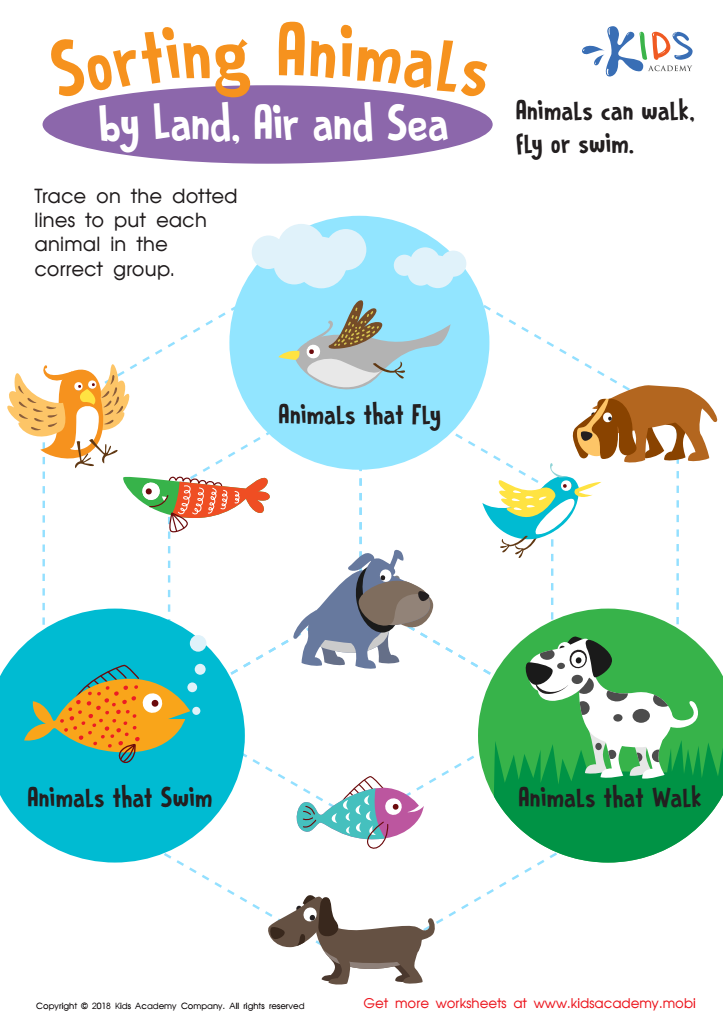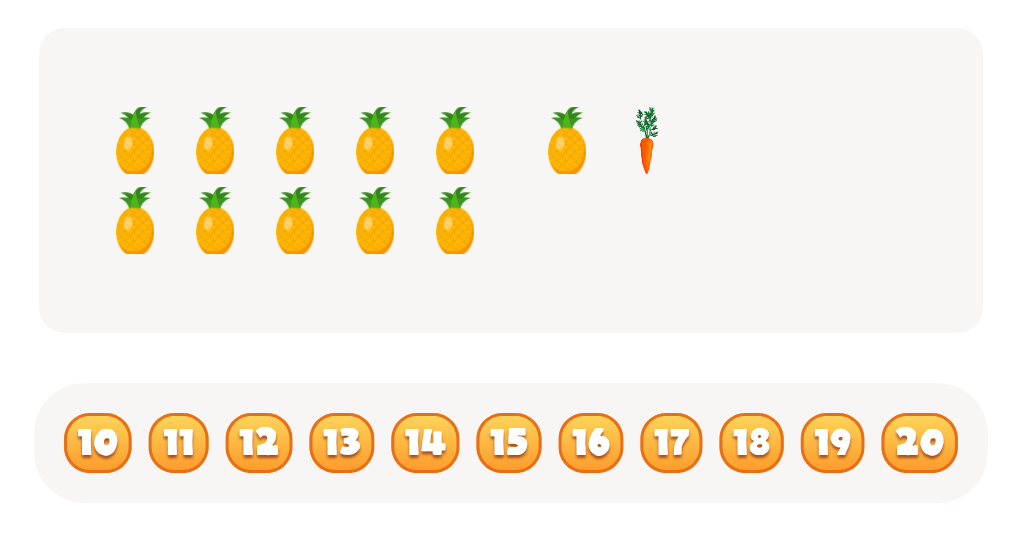Understanding habitats Plants and Animals Worksheets for Ages 4-8
3 filtered results
-
From - To
Dive into the fascinating world of habitats with our "Understanding Habitats: Plants and Animals Worksheets" designed for children aged 4-8. These engaging worksheets promote essential skills while helping young learners explore how plants and animals thrive in their natural environments. Filled with colorful illustrations and interactive activities, kids can discover the unique features of various habitats, from lush forests to arid deserts. Each worksheet encourages critical thinking and creativity, making science fun and approachable. Perfect for classrooms or at-home learning, these resources foster curiosity about the natural world and help children understand the interconnectedness of life. Begin your exploration today!


Sorting Animals Worksheet


Beaver Pond: Looking for a Solution Worksheet


Sorting Animals by Land, Air and Sea Worksheet
Understanding habitats, plants, and animals is crucial for children ages 4-8 as it lays the foundation for their relationship with the natural world. Early education about habitats—such as forests, oceans, and deserts—help children learn about the diverse environments that support different species and ecosystems. By exploring how plants and animals coexist and depend on one another, children develop a sense of empathy and responsibility toward the environment.
Moreover, this knowledge fosters curiosity and critical thinking. Engaging young learners in discussions about how animals adapt to their habitats or the role of plants in the ecosystem ignites their imagination and encourages scientific inquiry. It can also enhance language skills, as children learn new vocabulary associated with ecology and biology.
Additionally, connecting children with nature promotes physical and emotional well-being. Outdoor exploration can lead to healthier lifestyles, improved focus in school, and a greater appreciation for biodiversity. Ultimately, teaching young children about habitats, plants, and animals cultivates environmentally conscious citizens who are likely to champion conservation efforts in the future. By nurturing this foundational understanding, parents and teachers play a pivotal role in shaping a sustainable world for generations to come.

 Assign to My Students
Assign to My Students






























